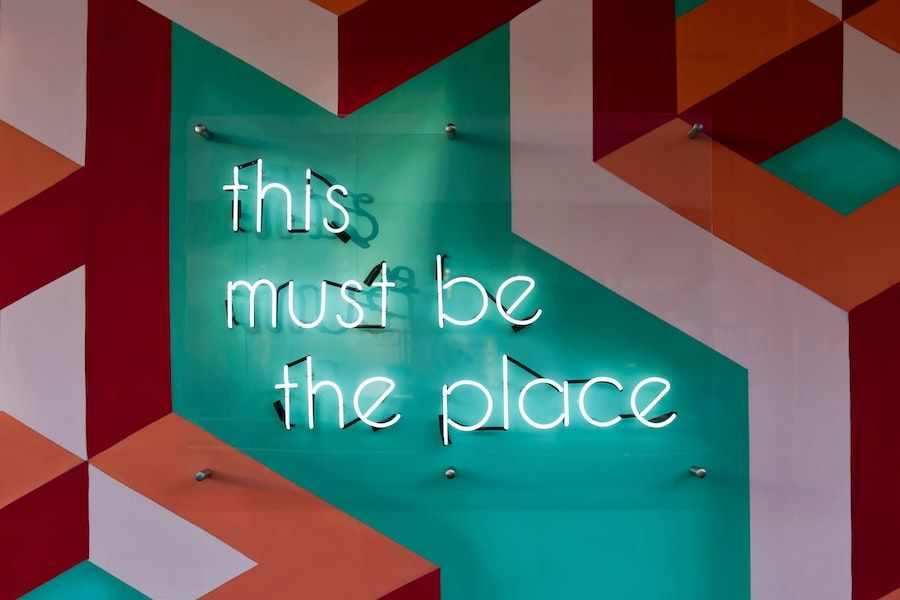The primary objective of a B2B SaaS platform is to create a compelling value proposition for its users and drive widespread adoption. However, many product owners of these platforms mistakenly believe that user adoption alone is the ultimate goal, equating it with business success.
What often goes overlooked, especially in B2B platforms, is that success hinges on finding the right balance between various factors.
These include the platform's product vision, business goals such as user acquisition and financial investment in the digital platform, scalability targets, end-user needs, decision makers within the buying companies, and middle management professionals.
A product launch without stakeholders' alignment is one of the most prevalent causes of failure. Approximately 34% of failures are attributable to this factor.
So, B2B platforms must understand and address the needs of all stakeholders involved and strike a delicate balance between them.
This involves adding value to the users through the platform while strategically scaling the business and aligning with the overall product and business objectives. That's when a platform gains momentum when it shows empathy throughout its product development process.
What exactly is growth-centric design?
Growth-centric design is a holistic approach that ensures the digital product aligns with the business requirements, end-user needs, product owner's vision, and product roadmap. Only when all these parameters are in sync can the product be successfully launched and meet the needs of all stakeholders.
For example:
If you're designing an HRMS platform to make HR tasks more accessible and for employees to access their information, like schedules, time off requests, pay stubs, and tax info, then it's essential to keep everyone's needs in mind.
Even though the top management decides to use the platform, the HR professionals and employees will use it. If you only focus on making the decision-makers happy, the employees will likely be unhappy and voice their concerns to the top management.
To avoid this, it's crucial to have a design strategy that considers the needs of all stakeholders involved and where they feel the platform is made for them.
For this to happen, B2B SaaS providers should build a product that delivers recognizable value to end users and achieves sustainable growth. This requires a collaborative design process and user research to ensure that the product design meets the needs of all stakeholders.

Aligning business, end-users, and product owners needs
As the industry continues to evolve, B2B SaaS providers must embrace a Growth-centric design approach that aligns with the goals of the business, end-users, and product owners. Here are some key strategies for achieving this alignment:
Step one: Understanding the goals of each party
To achieve Growth-centric design, it is essential to understand the goals of each stakeholder group. The business needs to generate revenue and growth, the end-user needs to solve a problem or meet a need, and the product owner needs to drive product vision and strategy.
By understanding these goals, SaaS providers can ensure that the product design meets the needs of all stakeholders, leading to increased user adoption and long-term growth.
Step two: collaborative design process
After understanding each stakeholder's goals, a collaborative design process is critical to ensuring that all stakeholders are aligned throughout the product development lifecycle.
This process involves regular communication and feedback loops between the business, end-users, and product owners, enabling each party to provide input and insights into the product design.
This collaborative approach helps to ensure that the product design is informed by the needs and goals of all stakeholders, resulting in a successful product launch.
Step three: Role of user research in aligning stakeholders
User research is crucial in aligning stakeholders in a Growth-centric design approach. By conducting user research, SaaS providers can understand their end-user's needs and preferences, ensuring that the product design meets these needs.
User research also helps to identify areas of misalignment between the business, end-users, and product owners, enabling SaaS providers to make informed decisions and adjust the product design accordingly.
Designing for sustainable growth
The B2B SaaS world is constantly evolving, and the key to staying ahead is designing for sustainable growth. It's not enough to focus solely on short-term goals. Instead, companies must prioritize long-term goals like sustainable growth and balance business goals with user needs.
The importance of sustainable growth
Sustainable growth is critical for the success of any B2B SaaS company. It's not enough to focus solely on acquiring new customers. Instead, companies must prioritize retaining existing customers and ensuring they receive long-term value from their products or service.
This approach leads to a more stable and predictable revenue stream, which is crucial for the long-term success of any SaaS business.
Designing for long-term value
Designing for long-term value means creating a product that is both useful and easy to use for the end user. It also means continuously improving the product based on user feedback and data analysis. By doing so, companies can ensure that their product remains relevant and valuable to their customers.
In addition to user needs, companies must also consider their own business goals when designing for long-term value. This includes factors such as pricing, sales, and marketing strategies.
By aligning these goals with the needs of their users, companies can create a product that not only provides value to their customers but also generates sustainable growth for their business.

Balancing business goals with user needs
While it's important to consider business goals when designing a B2B SaaS product, it's equally important to balance these goals with the end user's needs. This requires a profound understanding of the user's needs, pain points, and behavior.
Companies must continually collect and analyze user feedback and make data-driven decisions to achieve this balance. This approach ensures that the product evolves in a way that meets both the user's needs and the business's goals.
Putting it Into Practice
Case studies on successful implementation
Many successful companies have already implemented Growth-centric design in their products and services, leading to increased user adoption and long-term growth. This section will explore some of these case studies.
Slack has embraced Growth-centric design. The communication platform prioritizes user feedback and leverages integrations with other tools to improve productivity.
For instance, Slack integrates with third-party applications such as Google Drive, Trello, and Asana, allowing users to complete tasks without leaving the Slack platform. This approach increases user engagement and satisfaction and helps the company attract new users and retain existing ones.
HubSpot is another example of a marketing and sales software company that successfully implemented Growth-centric design. The company uses a user-centric approach to create products that meet the needs and preferences of its customers.
For instance, HubSpot provides users with a wide range of resources, such as blog posts, webinars, and e-books, to help them learn about inbound marketing and sales. This approach positions HubSpot as a thought leader in the industry and helps the company attract and retain new customers.
Tools and techniques for aligning stakeholders
Aligning stakeholders, including business leaders, product owners, and end-users, is critical for effective Growth-centric design. Companies can use tools and techniques such as user research, data analytics, user journey mapping, and agile development methodologies to achieve this alignment.
By bringing stakeholders together and leveraging these tools and techniques, businesses can ensure that their growth-centric design approach is aligned with the needs and preferences of all parties involved.

Measuring success
Measuring the success of growth-centric design is crucial to ensuring long-term growth and sustainability. Businesses can measure success through key performance indicators (KPIs) such as user retention rates, customer lifetime value, and revenue growth.
Additionally, businesses can conduct user satisfaction surveys and collect feedback to understand how well their product or service meets user needs.
By continually measuring success and adjusting based on user feedback, businesses can ensure that their Growth-centric design approach is successful and sustainable in the long run.
Benefits of redesigning for growth-centric design
- Enhanced user experience: Collaborative design involves bringing together business leaders, end-users, and product owners in designing SaaS products. This approach ensures that the end-users' needs and expectations are considered, resulting in a user-friendly interface and enhanced user experience.
- Increased product adoption: With the collaborative design, end-users become active participants in the product design process. This involvement ensures that the product addresses its needs and challenges, leading to increased product adoption.
- Improved business outcomes: Collaborative design ensures that SaaS products align with business objectives. Business leaders are involved in the design process, producing products that drive business growth and success.
- Faster product iterations: Collaborative design enables faster iterations of SaaS products. End-users' feedback is incorporated into the design process, resulting in a product that meets their needs faster and with fewer revisions.
- Reduced development costs: Collaborative design reduces development costs by identifying flaws and potential issues earlier in the process. This early identification ensures problems are resolved before they become expensive, resulting in a more cost-effective development process.
- Competitive edge: Collaborative design gives SaaS companies a competitive edge. By involving end-users and aligning products with business objectives, companies can deliver products that stand out from the competition, leading to increased market share and revenue growth.
The way companies approach growth is changing fast in the world of SaaS, and it's a big deal for the future.
With the right UX UI design experts, you can innovate quicker, stay ahead of competitors, and offer more value to your users and also scale your business. The growth-centric approach isn't going away anytime soon, and its influence will last long. So. Why not start today?
Like what you see so far? Why not check out exclusive insights from some of the leading minds in SaaS? 👇





